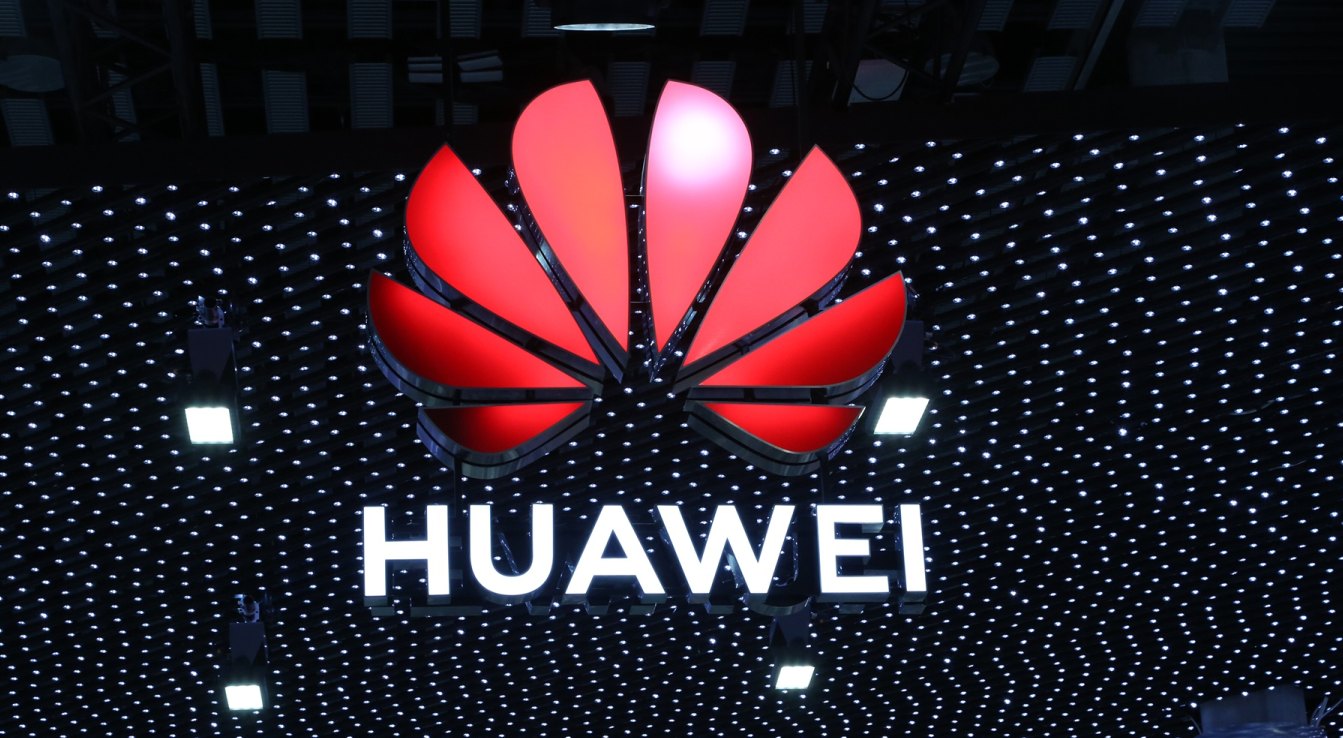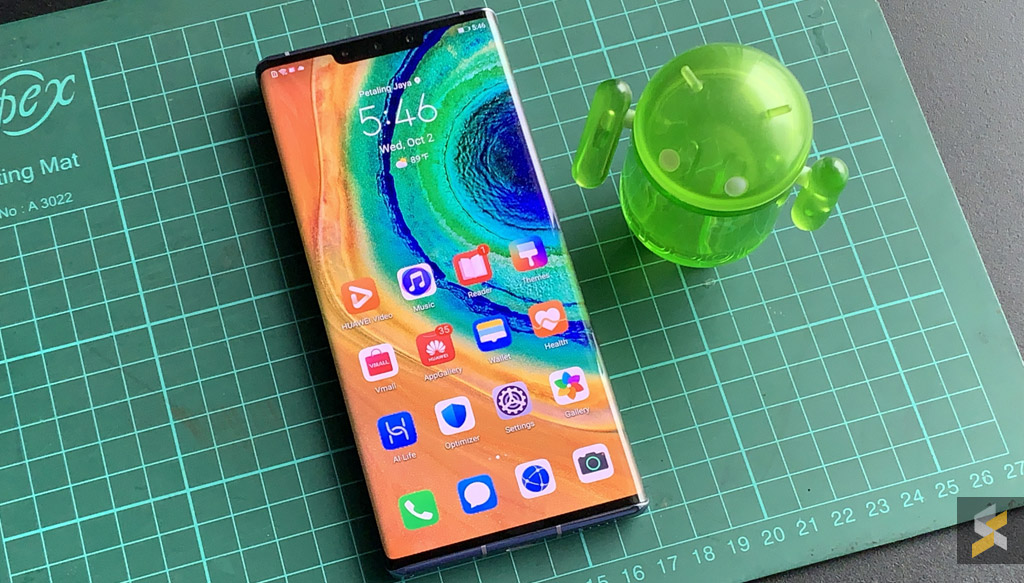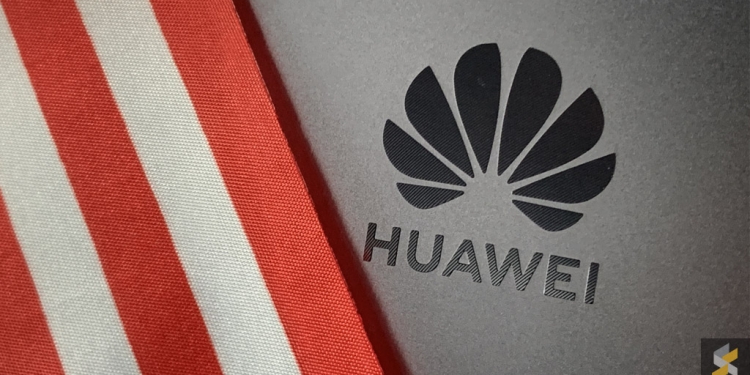The temporary reprieve for Huawei is set to end in November, and consequences are already beginning to be felt by consumers. The company’s flagship smartphone, the Mate 30, was launched recently without access to Google Mobile Services, which essentially means that the phone doesn’t have Google’s native apps: Chrome, Gmail, and crucially, the Play Store.
But the ban doesn’t end with Google. The U.S. Commerce Department’s blacklisting of Huawei effectively bans American companies from dealing with the Chinese company, which also prevents them from sourcing key parts for their consumer tech.
Huawei’s chipsets—including the Kirin 990 that powers the Mate 30 Pro—are built on ARM’s design architecture. And after the blacklisting of Huawei, ARM cut ties with the Chinese company and Huawei-owned chipmaker, HiSilicon. It’s worth noting that ARM is British-based and owned by the SoftBank Group in Japan, but has offices in the U.S. That was the original thinking behind the decision to halt their partnership with Huawei—that some of ARM’s technology may have American roots.

However, ARM has now announced that it will resume its partnership with HiSilicon and Huawei after its legal team confirmed that the current and next generation of ARM architecture is of UK origin. According to a statement to Reuters, this means that they will not be in breach of the American ban:
“ARM’s v8 and v9 are UK-origin technologies.”
“ARM can provide support to HiSilicon for the ARM v8-A architecture, as well as the next generation of that architecture, following a comprehensive review of both architectures, which have been determined to be of UK origin.”
“Arm is actively communicating with department officials regarding any support of our partner HiSilicon, and we remain confident we are operating within the parameters of those guidelines.”

This certainly provides some degree of relief for the Chinese smartphone maker, with the continued support—at least until v9 of ARM’s architecture technology—providing them with the runway to wean off their dependence on American companies’ technology.
The 90-day reprieve will be ending in November, and Huawei has already been making plans for life after licensed Android. While the Mate 30 is running on an open-source version of Android along with Huawei Mobile Services (HMS), the company has accelerated plans to push Harmony OS to smartphones.
However, how this plays out is anyone’s guess at the moment. We’ll have to wait and see.
[ SOURCE ]








